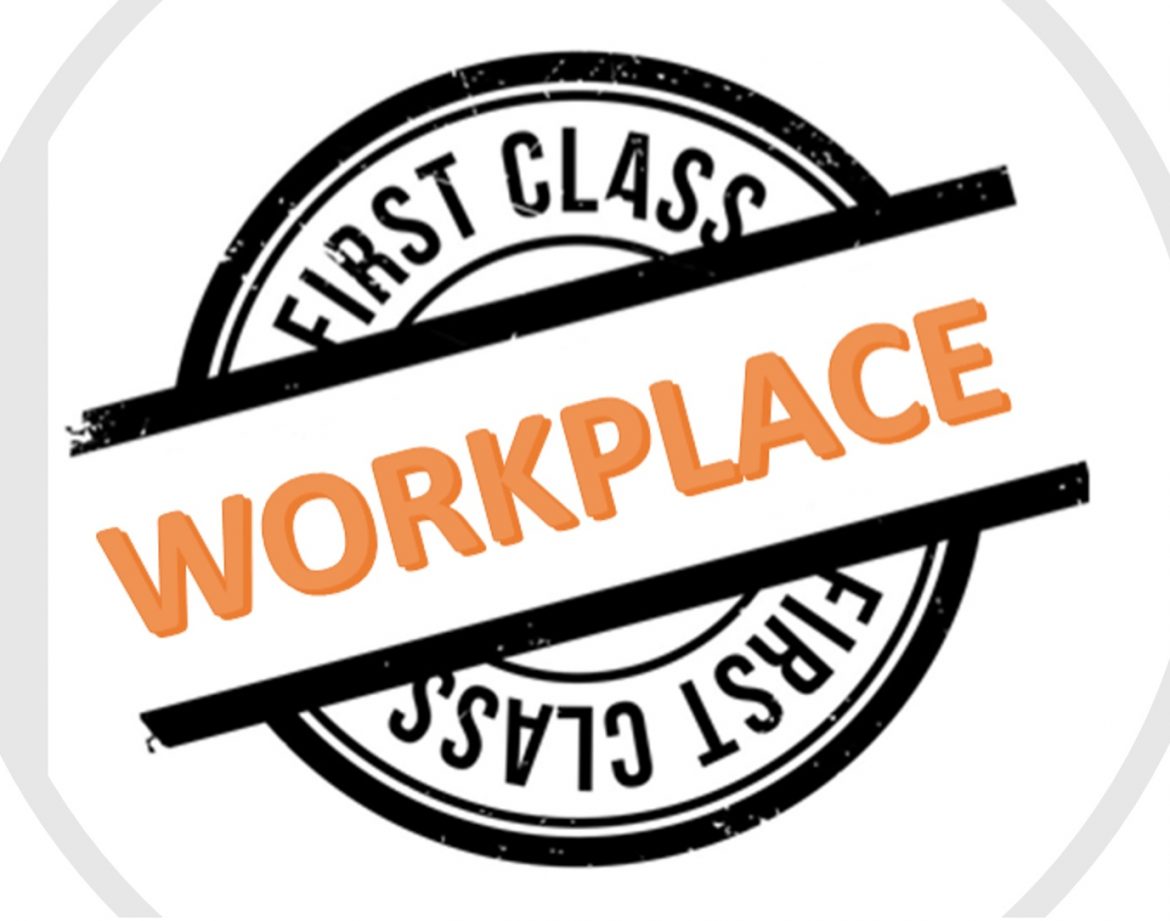How to Design a 1st Class Workplace Experience (WX) for 2022 and Beyond
When pandemic is finally behind us, the role of physical workspace will have clearly taken a new shape. Figuring out how to make the office a meaningful destination is far from straightforward.
There is even more to it- the modern workplace can become a powerful business value driver, brand enhancer, talent attractor and well-being enabler.
Here are some ideas and resources to help develop the new playbooks and hybrid work policies.
Learn from Retail’s Journey
Examining the similarities with the historic path of retail space is a great place to start. Disrupted by online shopping more than a decade ago, brick & mortar stores have not disappeared or lost their importance for customers. Gradually, they’ve taken on a role of a showroom or stage for brands to communicate their message and create an emotional connection to the customers.
In a similar way, the corporate office will have to become a meaningful destination, a convenient and desirable medium for synchronous communication.
In this paper Paul Edwards and co-authors from Mirvac explore the topic in depth.
1st Class Workplace to Attract and Retain Talent
The talent market is getting increasingly competitive and less defined by location. With an ever-growing number of companies fighting for a finite talent supply, a higher salary is clearly not enough to win. In fact, such a strategy will never be financially sustainable, nor will it address workers’ changing expectations.
The war for talent will be waged on employee experience- and physical workplace arrangements will become a strong competitive differentiator in the eyes of current employees and potential new hires.
Desirable Perks within Your Total Reward Strategy
It is high time to overcome the legacy approach towards physical workplace as a cost category or a liability on the balance sheet. Instead, in 2022, the workplace should be perceived as one of the main drivers of value creation for the business and a powerful incentive component for its people.
Rather than seeing distributed working as a risk factor to productivity and managers’ control, leaders need to start viewing it as a new component of their benefits programs and a highly motivating perk.
A clever approach to designing hybrid policies should focus on including workplace factors such as flexibility and inclusivity into the total reward programs. That could range from simply allowing employees to work from wherever they want, to introducing co-working stipends. More insights about that can be found in this article by Travis Howell in MIT SMR.
Cultivate Diversity and Equal Opportunity
While the sweeping changes in the ways we work present a great challenge, they also deliver a unique opportunity to reset organizational capabilities and culture.
With the right hybrid work culture, so much can be achieved. Open and dynamic workplaces, stretching around the globe, can be a powerful lever for attracting diverse talents regardless of where they live. Never before have there been such perfect conditions for building up a powerful assembly of top professionals of all backgrounds, cultivating an inclusive and collaborative environment, driving creativity and innovation.
Lever for Better Work-Life Balance and Personal Development
To make a successful transition to hybrid working, organizations need to put individual human concerns at the center, not just business needs. Workspaces should cultivate conditions for peoples’ high performance at work, as well as for better work-life balance, alignment with personal goals and values.
The ability to provide employees with an excellent workplace experience, tailored to their and their families’ individual needs will, in a matter of a few months, build up into a powerful competitive advantage on the tightening talent market.
Make Team Co-Location Easy and Flexible
When managers are asked what their major concerns about remote work are, they name loss of connectedness within organization, lingering team dynamics, broken corporate culture and poor engagement.
What’s interesting is that when employees are surveyed on the same topic, their struggles turn out to be almost exactly the same – isolation from colleagues, lack of sense of belonging and support from the team.
Most managers and employees unanimously praise face-to-face interaction and want to come together with their colleagues again in a physical space.
For many, however, return to office would mean a reset to their entire work-life routines once again, in a way even more dramatic than when they had to start working from home. As a result, the stress factor outweighs the benefits of co-location.
The truth is, however, that the conventional home/office dichotomy is no longer the default state of things and is becoming a thing of the past. Physical co-location in a workplace does not have to put an end to our newly discovered flexibility.
Take Advantage of Changing CRE Market
The commercial real estate (CRE) industry is now going through times of sweeping changes. There is a universal understanding among landlords and operators that they need to develop a much more user-centered approach in order to remain competitive, retain current tenants, and attract new ones.
If, two years ago, only the most forward-looking commercial landlords were investing into technologies and practices for better end-user experience, today such investments have become a new must-have budget line.
All of that results in the emergence of new workplace consumption models, often referred to as “space-as-a-service”. With the adoption of hospitality level standards and introducing professional space offerings bookable by as little as an hour, employees can now enjoy an unprecedented flexibility in where and when they want to come together with colleagues or clients.
Not only that, but companies can also use this opportunity to significantly cut rental and operational expenses. In this article Alicia Villegas is writing about the win-win opportunities for both space providers and occupiers.
Support Company’s Business Strategy
Until recently, most organizations’ leaders thought of workplace setup as a one-time decision. Once done, it was something almost set in stone: a lease contract would be signed and shelved for the next 10 years.
Today’s business realities require a lightweight and iterative approach to corporate workplaces. Space setup has to be continuously amended as situations changes, allowing for quick scale up in growing markets or scale down in less successful ones. Both occupiers and workplace service providers have to set themselves into perpetual discovery mode.
The good news is that it is becoming achievable within the capabilities and resources of most companies due to the CRE market becoming more receptive to rapid change and innovation than ever.
Conclusion
We need to come up with lot of fresh ideas to embark on this profound shift, to focus not only on the struggles, but also on the opportunities for advancing our organizations and processes.
Here we’ve touched upon just a few very high-level ideas about how workplace strategists can develop a broader perspective at their challenging task of leading the workplace transition:
- borrow ideas from the history of omni-channel retail evolution
- think of how new policies can help retain key talent
- explore how payroll and total reward programs can be optimized through workplace perks
- support strategic efforts to achieve company’s DEI goals
- create a workplace that would be a catalyst for work-life balance rather than a constraint
- enable greater business agility and lower the risks of expansions into new markets.
Quite an overwhelming to-do-list… But the potential reward is clearly worth making a brave move. And those companies that already today focus on mindful and intentional approach to workplace strategy, might start reaping the financial benefits as early as this year.




